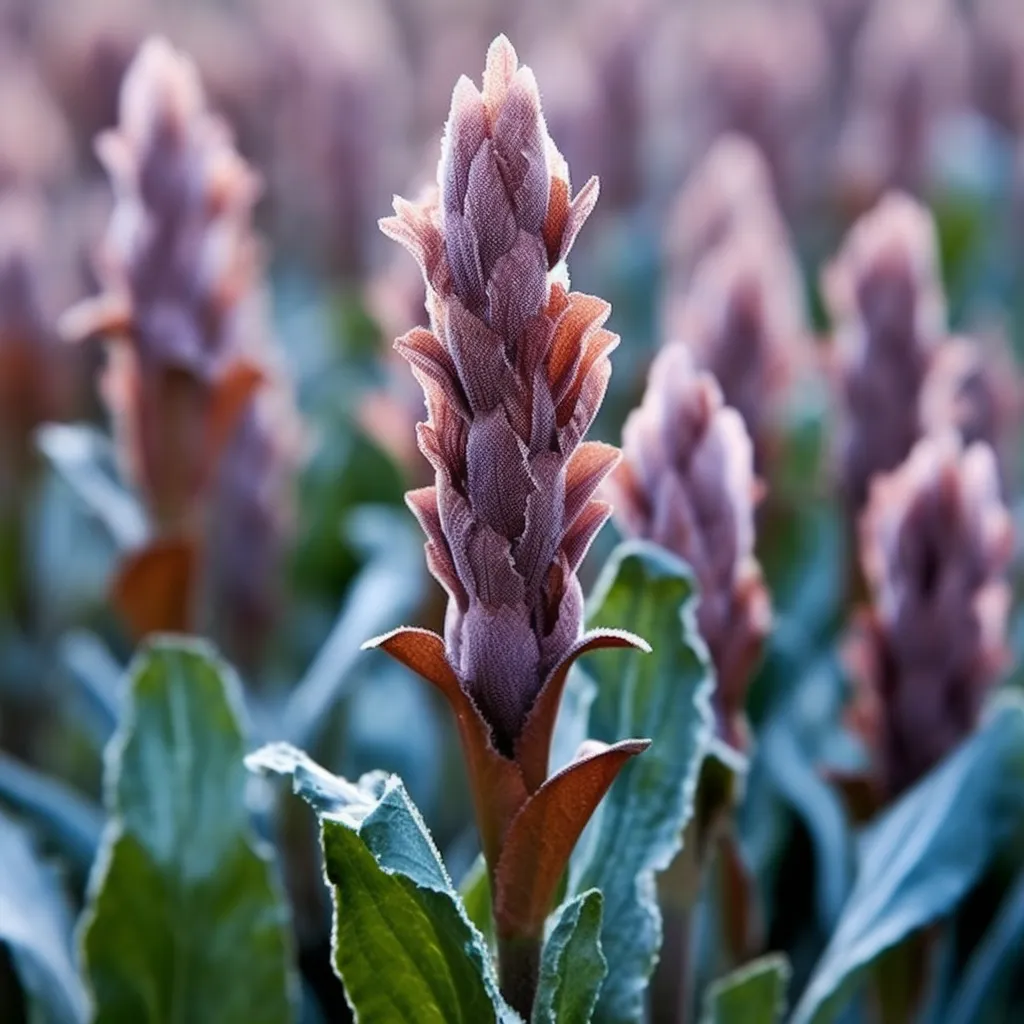Story of Day :
Contents
The Broomrape Plant: A Complete Guide and Care Tips
When it comes to gardening, there’s always something new to learn.
Whether you’re an experienced gardener or just starting out, the broomrape plant is a fascinating addition to your garden.
In this article, we’ll provide you with a complete guide and care tips for the broomrape plant.
What is Broomrape Plant?
The broomrape plant, also known as Orobanche or Phelipanche, is a parasitic plant that feeds on the roots of other plants.
This means that it doesn’t produce its own food through photosynthesis but rather takes nutrients from other plants in order to survive.
Broomrape has no chlorophyll and therefore lacks green leaves; instead, it produces scale-like leaves that are brownish in color.
The flowers are tubular-shaped and come in different colors such as pink, yellow, white or purple depending on the species.

Where Can You Find Broomrape Plant?
Broomrapes can be found all over the world but are most common in drier regions where they grow on crops like tomato plants and some legumes such as peas or beans.
They have a reputation for being difficult to control since they can spread quickly by releasing thousands of tiny seeds into the soil each year.
Caring for Broomrape Plant
- Sunlight: Since they don’t produce their own food through photosynthesis like regular plants do so they don’t require direct sunlight at all because it won’t do anything more than drying up their hosts faster than usual.
- Soil: Since broomrapes feed off other plants’ roots so soil quality isn’t that important to them.
They can grow in many types of soil as long as their host plant is present.
- Water: Broomrapes get all the water they need from their host plants, so they don’t require any additional watering except what’s given to the host plant.
- Control: Preventing broomrape growth is nearly impossible, but there are a few things you can do to control its spread.
Firstly, Always remove plants infected with broomrape immediately and Destroy the entire plant including roots to avoid spreading seeds into the soil.
Secondly, Rotate crops regularly on infected field plots since broomrape prefers certain crops over others and Thirdly, Utilize specific herbicides recommended by your local agriculture extension service for effective control.
The Benefits of Broomrape Plant

You may be wondering why anyone would want a parasitic plant in their garden at all? In fact, there are some benefits associated with growing broomrapes.
For example;
- Broomrapes help balance out ecosystems by controlling weed populations while making sure that nutrients stay in circulation within an ecosystem,
- Broomrapes also have medicinal properties and have been used for centuries in traditional medicine as treatment for various diseases such as cancer and epilepsy due to containing several alkaloids which make it an ideal candidate for future drug development research.
In Conclusion
The broomrape plant may be considered a nuisance by some gardeners due to its parasitic nature but it’s truly fascinating when you consider its unique characteristics that make it stand out among other plants.
It has contributed greatly towards balancing ecosystems and even has medicinal properties! While controlling its spread is difficult, applying preventive measures suggested above can help keep it under control effectively!
